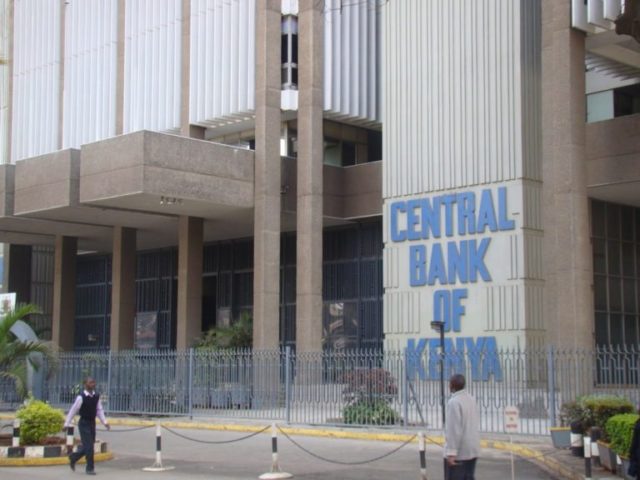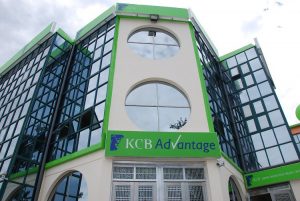CBK Retains Lending Rate At 9 Percent For The Sixth Time In A Row

Central Bank of Kenya (CBK) lending rate will remain at nine percent for the sixth time running, the Monetary Policy Committee (MPC) has announced.
In a statement, MPC said that the move was as a result of optimum performance of the general economy amidst volatility jitters both internally and externally.
Inflation, a factor heavily anchored on the pricing of food and fuel essentials, has for instance held within the prescribed 2.5-7.5 percent range despite soaring to an 18-month high of 6.6 percent in April.
“The Committee noted that inflation expectations remained well anchored within the target range, but there is need to remain vigilant on possible spillovers of recent food and fuel price increases,” said CBK.
The Committee further noted that the economy was operating close to its potential. The MPC concluded that the current policy stance remains appropriate, and will continue to monitor any perverse response to its previous decisions.
The inflation rate stood at 6.6 percent in April compared to 4.4 percent in March, mainly reflecting increases in food prices attributed to depressed supply of vegetables and other fastgrowing food crops following the delayed onset of the long rains.
Read: CBK Governor Patrick Njoroge Lands UN Job
Food inflation rose to 7.7 percent in April from 2.9 percent in March. However, non-food-non-fuel (NFNF) inflation
remained below 5 percent, indicating that demand pressures and the spillovers of the rise in food and fuel prices were muted.
The foreign exchange market has remained stable supported by the narrowing of the current account deficit to 4.5 percent of GDP in the 12 months to April 2019 from 5.5 percent in April 2018. This reflects resilient performance of exports particularly horticulture and coffee, strong diaspora remittances, and higher receipts from tourism and transport services.
Additionally, growth in imports slowed mainly due to lower imports of food. The current account deficit is expected to narrow to 4.8 percent of GDP in 2019 from 5.0 percent in 2018.
Private sector credit grew by 4.9 percent in the 12 months to April, compared to 4.3 percent in March. Strong growth in credit to the private sector was observed in the following sectors: manufacturing (7.9 percent); trade (8.4 percent); finance and insurance (13.3 percent); and consumer durables (16.4 percent). Private sector credit growth is expected to continue to strengthen in the remainder of 2019.
Average commercial banks’ liquidity and capital adequacy ratios stood at 51.0 percent and 18.3 percent, respectively, in April. The ratio of gross non-performing loans (NPLs) to gross loans stood at 12.9 percent in April compared to 12.8 percent in February, reflecting increases in NPLs mainly in the personal/household, real estate and manufacturing sectors.
Global growth is expected to slow down in 2019, largely due to the escalation of trade tensions between the U.S. and China, increased uncertainties over the nature of Brexit, and the pace of normalization of monetary policy in the advanced economies. These developments may result in increased volatility in the global financial markets.






